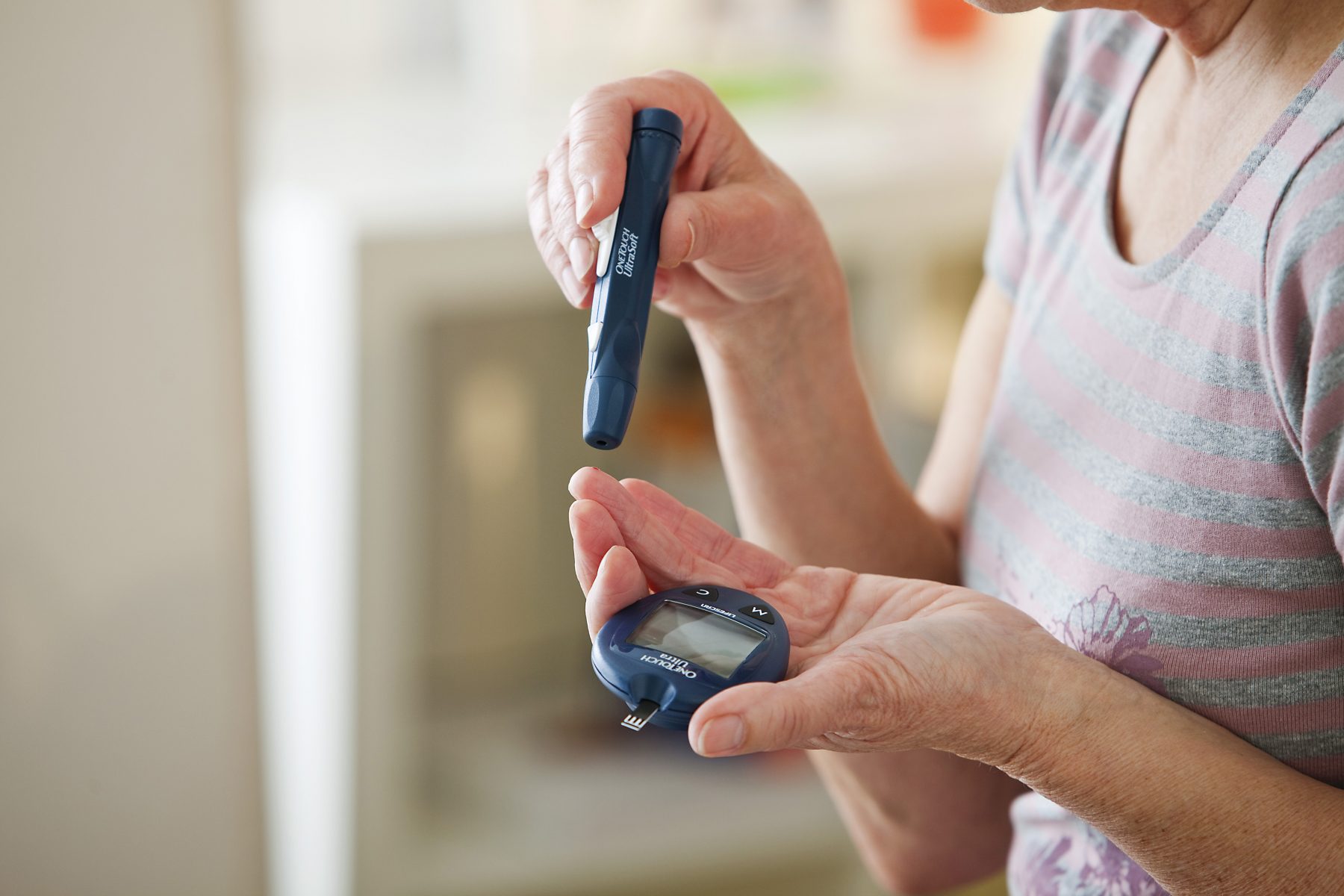
EP 25: Testing for Diabetes
In the 2nd episode of the series on Diabetes, Dr. Agolli and Dr. Burdette discuss:
- Can Type II diabetes be reversed?
- How to test for Diabetes.
- The symptoms of Diabetes.
- What is Gluconeogenesis?
- Is Diabetes a lifestyle condition?
- The Glycemic index and Glycemic load.
Why test for diabetes? Testing for diabetes is important for several reasons. The goals of diabetes testing are to screen for high blood glucose levels (hyperglycemia), to detect and diagnose diabetes and prediabetes, to monitor and control glucose levels over time, and to detect and monitor complications1. If you take certain medication, like insulin or sulphonylureas, checking your blood sugars is a vital part of living with diabetes. It can help you work out when you need to take more medication, when you need to eat something or for when you want to get up and move around more.
According to the Centers for Disease Control and Prevention (CDC), diabetes is a growing epidemic in the United States. In 2020, 37.3 million people had diabetes, which is 11.3% of the US population1. Of these, 28.7 million people have been diagnosed with diabetes while 8.5 million people who have diabetes have not been diagnosed and do not know they have it1. In addition, 96 million American adults – more than one-third of the adult US population – have prediabetes2.
The prevalence of diabetes has significantly increased among US adults aged 18 or older from 2001 to 20201. However, there is some good news as new cases of diagnosed diabetes in the US decreased by 35% since a peak in 20093.
